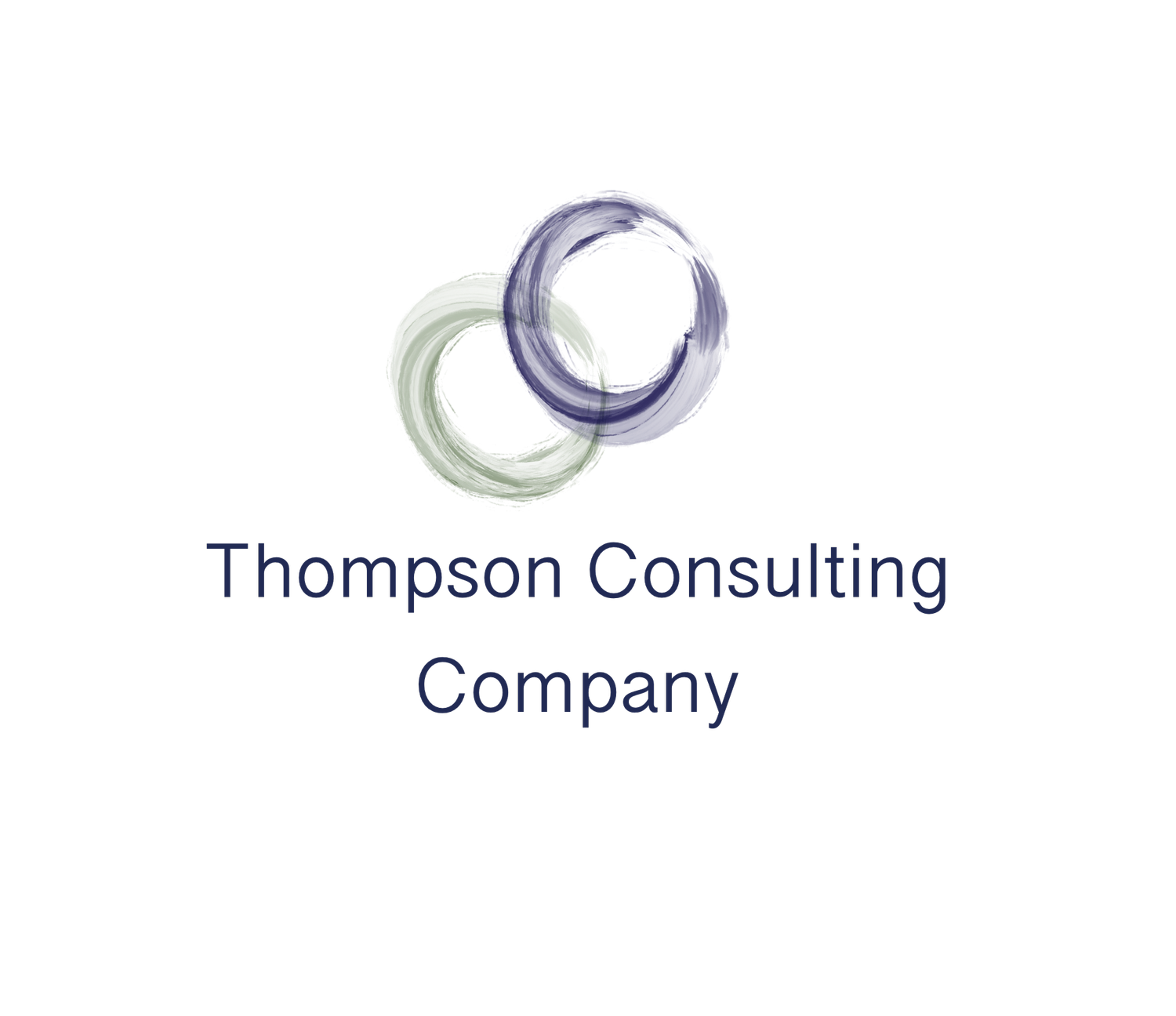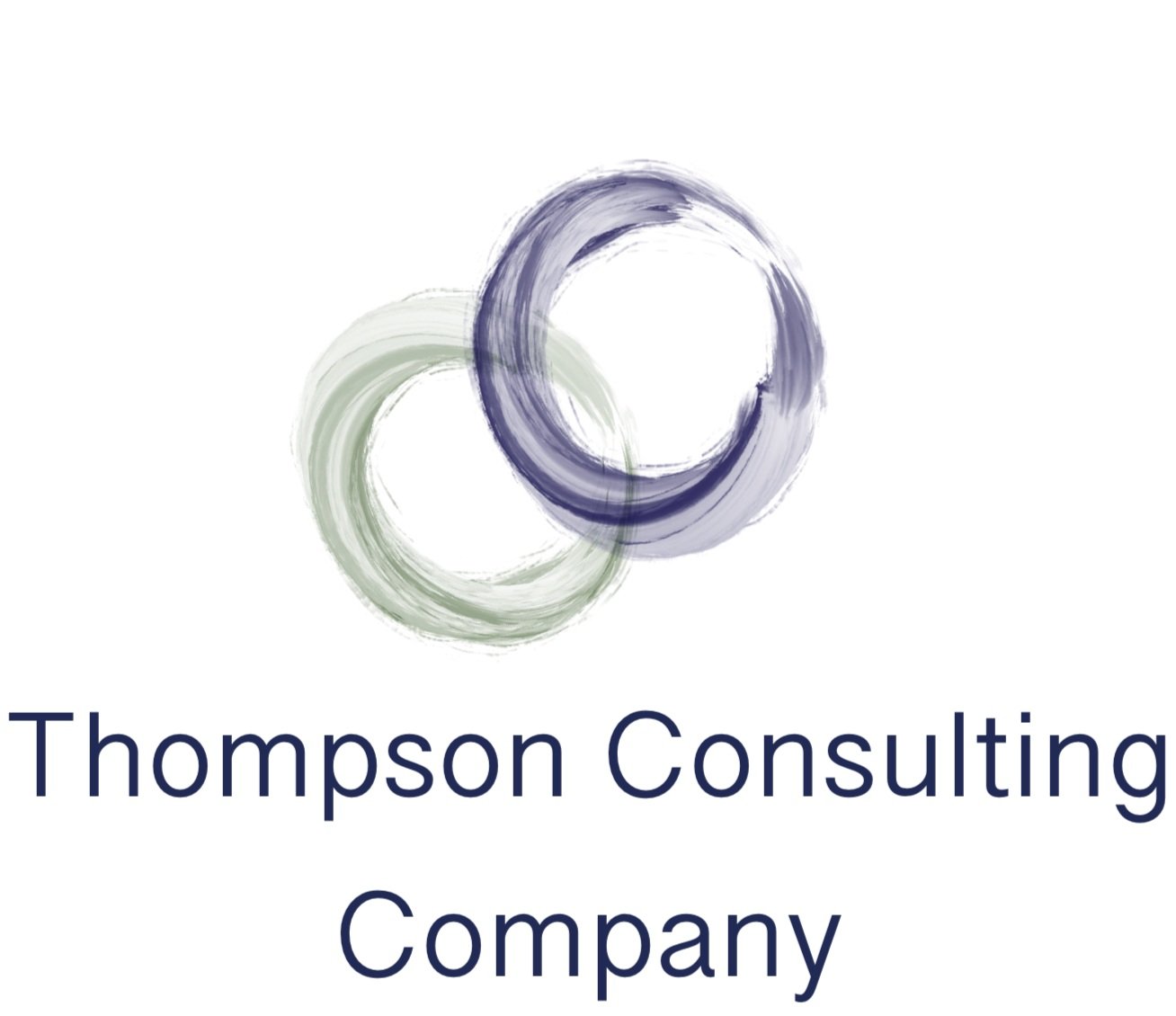Coaching
The Goals.
The goals of each coaching engagement are specific to the needs of the client. Goals will be established clearly before the process begins, and will be updated along the way to reflect the needs that arise during the coaching engagement. While the goals we set will be specifically tailored to your needs, every leader (and every person) benefits from recognizing their strengths, developing a plan to develop and use their strengths, and connecting their best work to a sense of purpose and what matters most.
High-performing leaders know that it takes a growth mindset to be successful. Rather than engaging in desperate and relentless striving, my approach to growth focuses on knowing your talents inside and out and developing skills and knowledge that support the positive impact of those talents.
“What we know truly leads people to better lives — whether that’s their performance at work, their potential to thrive in their personal wellbeing, their connection with others — is when you attach strengths to a personally salient goal.”
The Tools
One-On-One Coaching Sessions: Coaching sessions are where do the work of gaining insight, solving problems, engaging in growth, building skills, and connecting with purpose. These sessions are for learning, growing, commitment and accountability. These sessions are based on client needs and goals.
Qualitative 360 Process: You don’t know what you don’t know. A perennial struggle for leaders is getting accurate, meaningful, actionable feedback about how they show up and how they can be most effective. A Qualitative 360 Process is transformational, and is possibly the single best thing a leader can do to enhance leadership skills, build trust with their team, and get an accurate picture of what their leadership looks like in real life. In this type of 360 process, we will formulate a few relevant questions to ask those you lead, peers, and others who work with you (usually 5-15 people). I will interview each person to gather feedback collate themes from the interviews. These themes represent insights about your strengths, growth opportunities, and other specific areas of leadership. We will then use those themes to guide one-on-one coaching conversations. The 360 Process can be adjusted to accommodate broader departmental and organizational assessment.
CliftonStrengths Assessment: This is a validated, reliable, and broadly used assessment designed to identify talents. The assessment takes about an hour to complete. The results are invaluable in helping individuals understand themselves and what innate abilities they can focus on developing through the acquisition of skills and knowledge. This assessment can also help leaders understand how to put the right people in the right places to create individual and team success.
Observation: Seeing you in action is a great way to get insight into your leadership. Observing how you run meetings and facilitate decision making can lead to high-impact insights.
Other Assessments: If you have completed assessments in the past, such as the Enneagram or DiSC, we can use those in the coaching process as well or explore the opportunities to use further assessments for your benefit.
How to get started.
If you’re thinking about coaching for yourself or someone in your organization, the first step is to set up a discovery meeting (no cost) to talk about what’s right for your situation. After the discovery call, you’ll get a proposal outlining the plan. Once we mutually agree on the plan, we’ll move forward.
What to expect from me.
You can’t do good work with a coach without trust, and you can expect me to build trust by being transparent, non-judgmental, kind, and easy to talk to. I want the same thing for my clients that I want for everyone: The opportunity to live a good life, to do your best work, and to feel connected to a purpose that matters to you.


